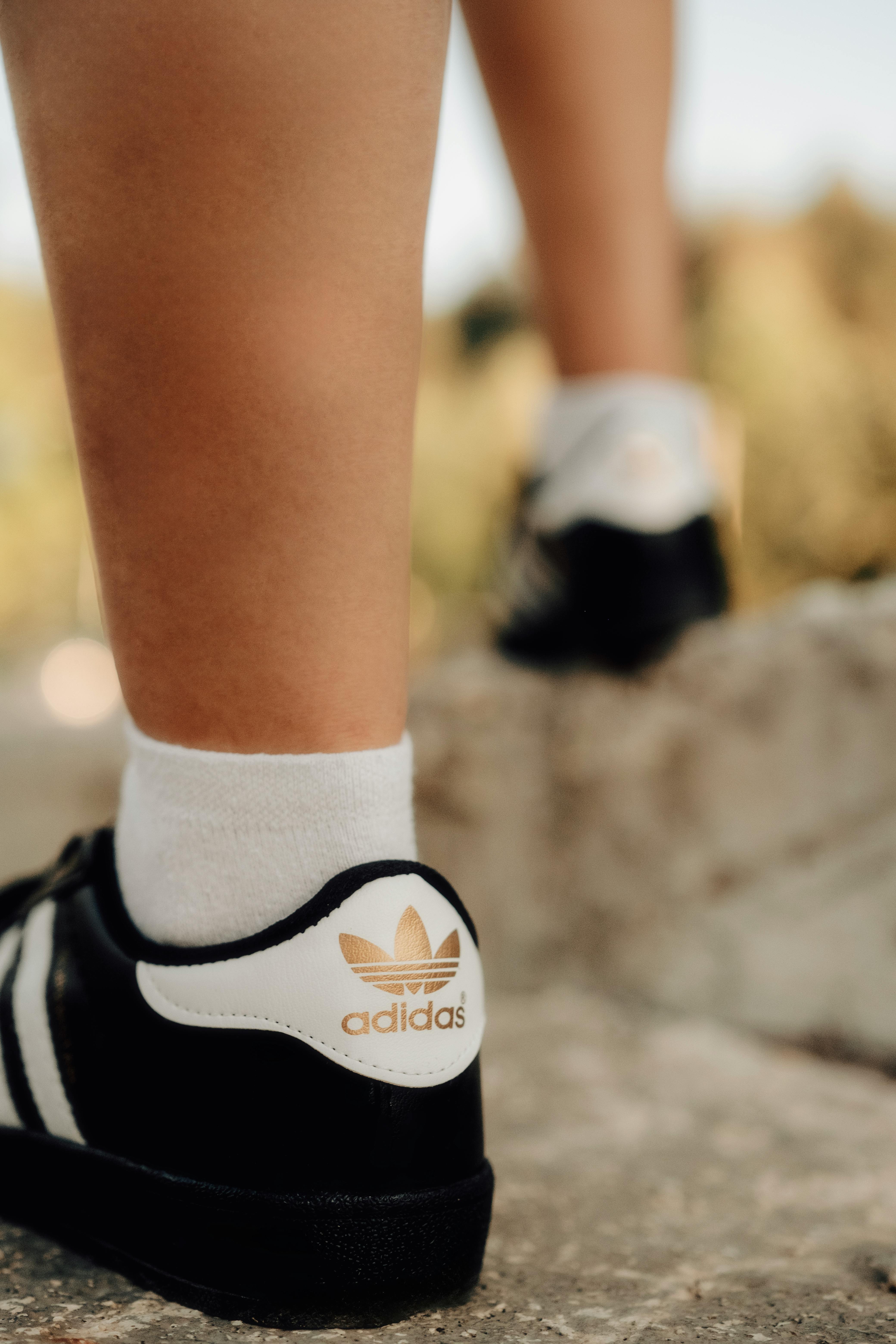
How to Get Waves: Proven Techniques to Achieve Stunning Hair in 2025
Achieving stunning waves in your hair is not just an art; it's a science that evolves with time and technique. As we approach 2025, understanding the fundamentals of hair waves can enhance your styling game significantly. Waves can add texture, movement, and a stylish look to any hair type, making it a popular choice among individuals of all ages. This guide explores various proven techniques to create beautiful waves, covering everything from the basic principles of wave generation to advanced styling methods.
Benefits of mastering wave techniques include easy everyday styling and the ability to switch up your look effortlessly. From loose beachy waves to structured curls, learning how to get waves can empower you to express your unique style effectively. In this article, we’ll delve into the science of waves, essential tools needed for styling, and expert recommendations on achieving the perfect wave.
Let’s unravel the secrets of wave creation in hair styling, providing you with a complete roadmap for achieving your desired look. By the end of this article, you will understand the nuances of wave generation methods, practical tips, and common mistakes to avoid. Get ready to transform your hair into stunning wave patterns!
Essential Techniques for Waves Creation in Hair
Building on the basic understanding of wave dynamics, let's explore the essential techniques used to create stunning waves in your hair. Mastering these techniques will lay a strong foundation for styling, accommodating a variety of hair types and lengths.
Using Curling Irons and Wands
Curling irons and wands remain a classic choice for generating waves. To achieve the best results, select a wand with interchangeable barrels for versatile wave sizes. Begin by sectioning your hair and applying a heat protectant to avoid damage. Wrap a small section of hair around the wand, holding it for a few seconds before releasing. This method allows you to create soft waves or tight curls, depending on your preferences.
Tip: Vary the direction of the curls for a more natural wave pattern. Avoid all sections in the same direction to prevent uniformity, which can make waves look artificial.
The Braiding Method for Natural Waves
For those who prefer a heat-free method, braiding offers an effortless way to create beautiful waves overnight. Simply dampen your hair, divide it into sections, and braid each section loosely. Allow the braids to dry overnight, and when you unbraid them in the morning, luscious waves will unfold. This technique is gentle on hair and enhances your natural texture, making it ideal for everyday wear.
Tip: For tighter waves, opt for smaller braids. Conversely, larger braids will yield looser, beachy waves.
Utilizing Hair Rollers for Volume
Hair rollers are another fantastic tool for wave creation, providing lift and volume to your curls. Choose from hot rollers for a quick set or foam rollers for a softer, gentler option. Begin with slightly damp hair and roll sections around the rollers, securing them in place. After allowing the rollers to set for a few hours, removing them will reveal beautiful, voluminous waves that last all day.
Tip: For added hold, finish with a volumizing spray to maintain the wave structure throughout the day.
Advanced Wave Generation Methods
Having established essential techniques, it's time to delve into advanced methods for generating stunning waves. These methods often involve a combination of techniques, tools, and products for a polished finish.
Professional Blow-Dry Techniques
One of the most sought-after techniques in professional salons involves using a blow dryer with a round brush to create waves. Begin by applying a thermal protectant and volumizing product to your damp hair. Section the hair and use the round brush to lift and curl sections while directing the blow dryer at the roots. This technique not only generates waves but also adds significant volume and bounce.
Tip: Practice this technique regularly to master the placement of the brush and the dryer for optimal results.
Wave Forming Tools and Products
With the advent of technology, numerous tools have emerged to streamline the wave creation process. Wave-forming irons, often designed with multiple plates, can help replicate various wave patterns efficiently. Always pair your tool with suitable products like sea salt sprays or mousse to enhance texture and hold.
Tip: Research tools that fit your hair type and desired wave finish before purchasing.
Creating Waves with Flat Irons
Surprisingly, flat irons can also be wielded to create stunning waves. Instead of the traditional straightening technique, use a twist motion while gliding the flat iron down sections of the hair. This approach generates beautiful, loose waves that look effortlessly chic.
Tip: Adjust the temperature setting based on your hair type and texture to prevent damage.

Understanding Wave Properties and Behavior
To further enhance your styling skills, gaining an understanding of wave properties and behavior can be incredibly helpful. This section delves into the principles that govern wave creation in hair.
The Frequency of Waves
In both physics and hair styling, the concept of frequency plays a vital role. In terms of hair waves, frequency pertains to the tightness or looseness of the curls. Higher frequency results in tighter curls, while lower frequency yields looser waves. Manipulating frequency can help you achieve the desired wave aesthetics, regardless of hair type.
Tip: Identify your target style and adjust your technique accordingly to control the wave frequency effectively.
Wave Dynamics and Patterns
Understanding wave dynamics can reveal how styles evolve during the day. Factors such as humidity and hair product choice can influence wave patterns. Hair that starts with defined curls can shift to softer waves based on environmental conditions. Learning to anticipate these changes will keep your waves looking fresh and intentional throughout the day.
Tip: Emphasize the use of lightweight products to avoid weighing down your waves.
Wave Aesthetics and Personalization
Every individual has a unique texture, which means waves will look different from person to person. Embrace this uniqueness by experimenting with different techniques to discover what flatters your specific hair type. Incorporating accessories, such as decorative clips or scarves, can elevate your wave aesthetic and provide a personalized touch.
Tip: Don’t be afraid to experiment with different wave patterns to complement your individual style.

Q&A Section: Common Queries About Getting Waves
What products are best for holding waves all day?
For optimal hold, consider using a combination of sea salt spray and a light hairspray. Sea salt sprays can provide texture, while a light hairspray will help maintain the shape without feeling stiff.
How can I achieve beach waves in short hair?
Beach waves can be achieved in short hair using a flat iron by pulling and twisting sections of hair as you glide through. Additionally, using a texturizing mousse before styling will help enhance the waves further.
Can I create waves without heat?
Absolutely! Techniques like braiding slightly damp hair overnight will yield beautiful waves without any heat. You can also twist sections of hair and secure them with clips for a heatless option.
How do I maintain my waves throughout the day?
One way to maintain waves is to avoid touching your hair frequently, as this can cause them to fall flat. Additionally, using a light hairspray can help provide shape and hold.
Are there specific styles for different hair types?
Yes, different hair types will respond uniquely to various techniques. Experiment with different methods to find what complements your hair’s texture best, such as loose waves for fine hair and defined curls for thicker hair.
In conclusion, achieving gorgeous waves in your hair involves a variety of techniques, tools, and understanding of wave properties. By experimenting with these methods, anyone can master the art of wave creation and enjoy the stunning aesthetic that comes with it.